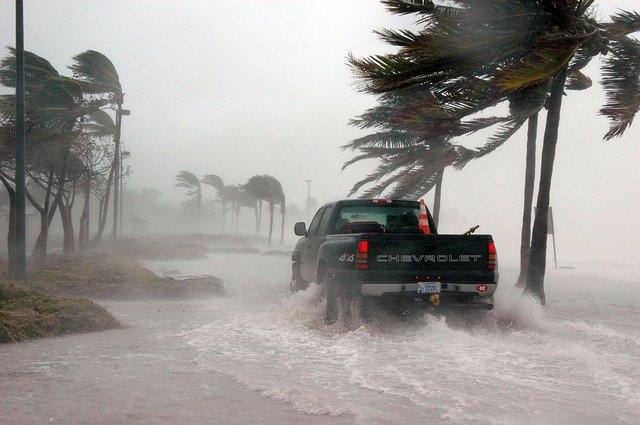Recovering From Hurricane Flood Damage: 4 Key Steps
Flooding is a major concern for home and business owners during hurricane season, and for good reason. According to a Congressional Budget Office report, annual economic losses from storm-related flooding and hurricane winds total an estimated $54 billion.
The 2020 hurricane season hasn’t yet hit its peak, but the number of named storms is increasing rapidly. From Hanna to Isaias, these devastating forces of nature have left significant destruction in their path.
If a hurricane caused damage to your home or business, you might not know where to begin. Here are a few steps you should take.
Step 1: Document the Damage
As soon as you can do so safely, document all of the damage sustained to your property. This is essential, as without proof of property damage you won’t have a claim.
Take photographs and videos of the exterior and interior of your home or business. You’ll want close-up and wide-angle shots of your yard, appliances, and any other items that were affected. Ideally, you’d have pictures of your property from before the storm to compare them to (if you know a storm is coming, it’s shrewd to photograph your property before you board everything up).
Lastly, be sure to keep copies of all receipts for repairs, time spent in hotels, medical bills, and any other costs associated with the hurricane.
Step 2: File an Insurance Claim
Insurance policies vary from one state to the next, but generally, there is no such thing as “hurricane insurance,” or a single policy that accounts for all of the damage a hurricane can do. Instead, homeowners are typically covered by a combination of their homeowners’ insurance policy (which covers wind damage) and a supplemental flood insurance policy. Be sure to check that you have the correct coverage.
No matter your coverage, you’ll want to file a claim promptly. The longer you wait, the more likely the insurance company is to argue that your property damage took place after the storm, not during it. All of your pictures and videos will serve as evidence in support of your claim.
Step 3: Check Disaster Relief Programs
If your state was declared a disaster area, there will be disaster assistance available to you. This may come in the form of grants, loans, counseling, tax deductions, and more. Check online to see if your area qualifies.
In addition, organizations such as the Red Cross and Salvation Army can lend assistance. They may be able to provide medical supplies, food, and other essential items.
Step 4: Talk to an Attorney
After any natural disaster, insurance companies have an abundance of claims to deal with. Chances are, they’ll try to pay as little as possible for your claim. After all, their objective is to protect their bottom line, even if it’s at your expense.
If your insurance provider is denying, delaying, or refusing to pay the full amount for your claim, you should contact a hurricane claim attorney. They may be able to negotiate on your behalf and help you recover the payout you deserve and desperately need.
Feature Image by David Mark from Pixabay

